Gems in the Library: The Rare Materials Collections at the Lee Kong Chian Reference Library
The Rare Materials Collection reflects Singapore’s literary and social heritage, and contains valuable historical research materials on Singapore and Southeast Asia.
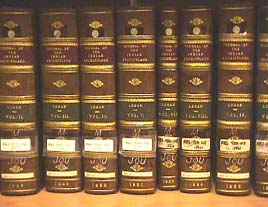
Background
The Rare Materials Collection at the Lee Kong Chian Reference Library (LKCRL) is a prime collection that reflects Singapore’s literary and social heritage and contains valuable historical research materials on Singapore and Southeast Asia. Through these rare titles, we are offered a glimpse of the history of an island that is home to people of many races, persevering to make a living and to forge an identity. We also get a view of the scenes and landscapes of historical Singapore.
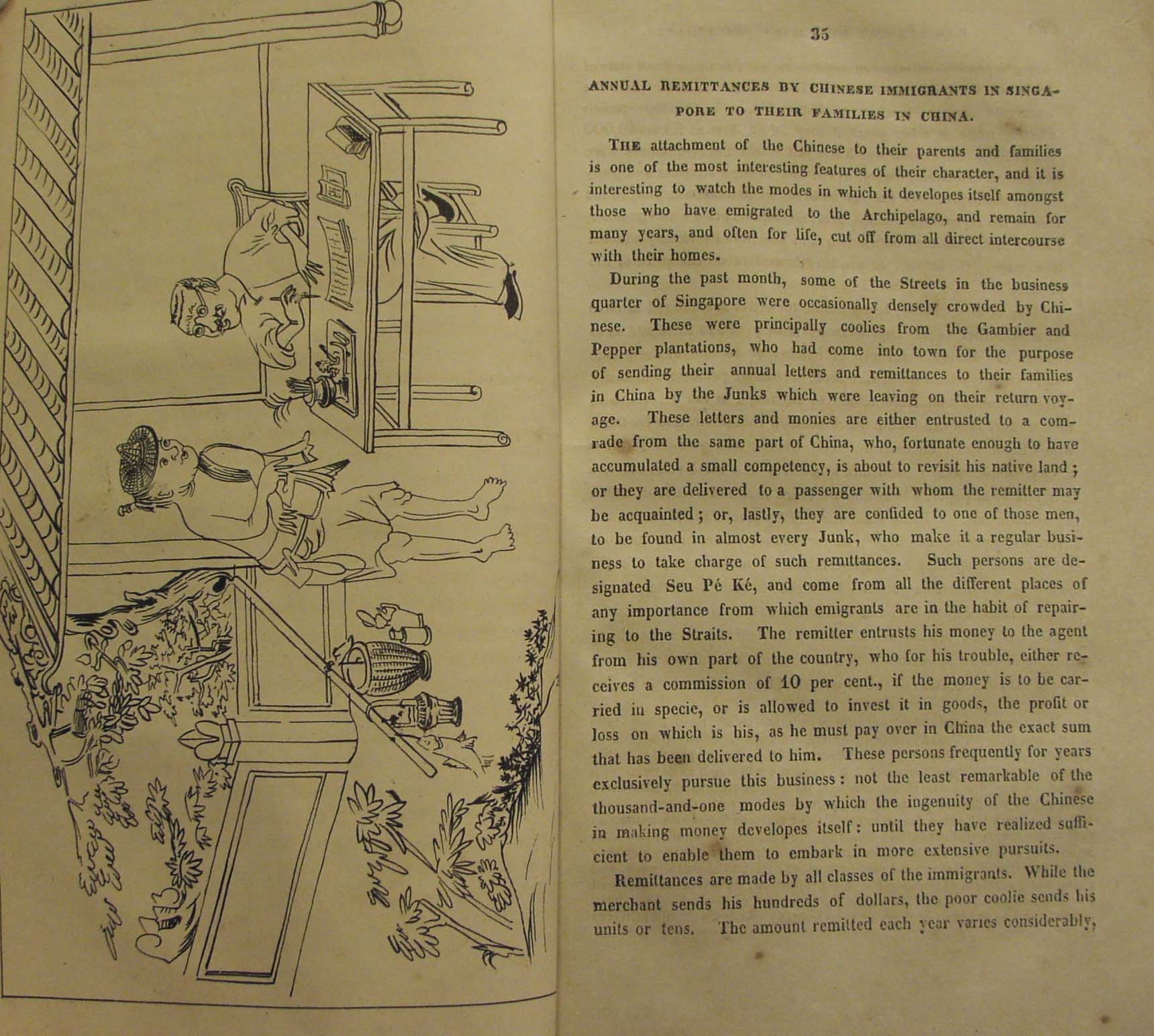
Most of the titles in the collection were passed down from our earlier libraries, the Singapore Library and the Raffles Library. Some were purchased directly from antiquarian bookshops or acquired through donations.
Scope
Currently the collection numbers about 5,000 items. Majority of the titles are 19th and early 20th century publications and were issued by Singapore’s earliest printing presses. Mission presses feature prominently as many Christian missionaries arrived at the thriving British trading post together with traders, administrators and other immigrant settlers. The “Mission Press” and the “Methodist Publishing House” imprints appear not only in religious literature but also in secular publications of the pioneer period such as almanacs, newspapers and school textbooks.
The collection comprises Jawi manuscripts, Malay and Southeast Asian dictionaries, travel accounts (both serious & anecdotal) of the Malay Archipelago and Southeast Asia, Chinese classics and romances translated into Baba Malay, almanacs, directories, academic journals and maps.
Definition of Rare
Usually a book achieves some degree of rarity based on its demand being greater than its supply. However such a broad definition can be very subjective. What constitutes a rare book is essentially the intrinsic importance of the book itself. In the context of Singapore, a rare book is one that is published in Singapore or the Straits Settlements before World War II. It has intrinsic value and is unique as most pre-1945 materials published in Singapore or the Straits Settlements have few extant copies. Books are also treated as rare if they are published in other countries before 1900, and contain information (the people, their languages, customs, lifestyles, etc.) on Singapore and the region, particularly those countries that have historical/cultural links.
Some Rare Titles…
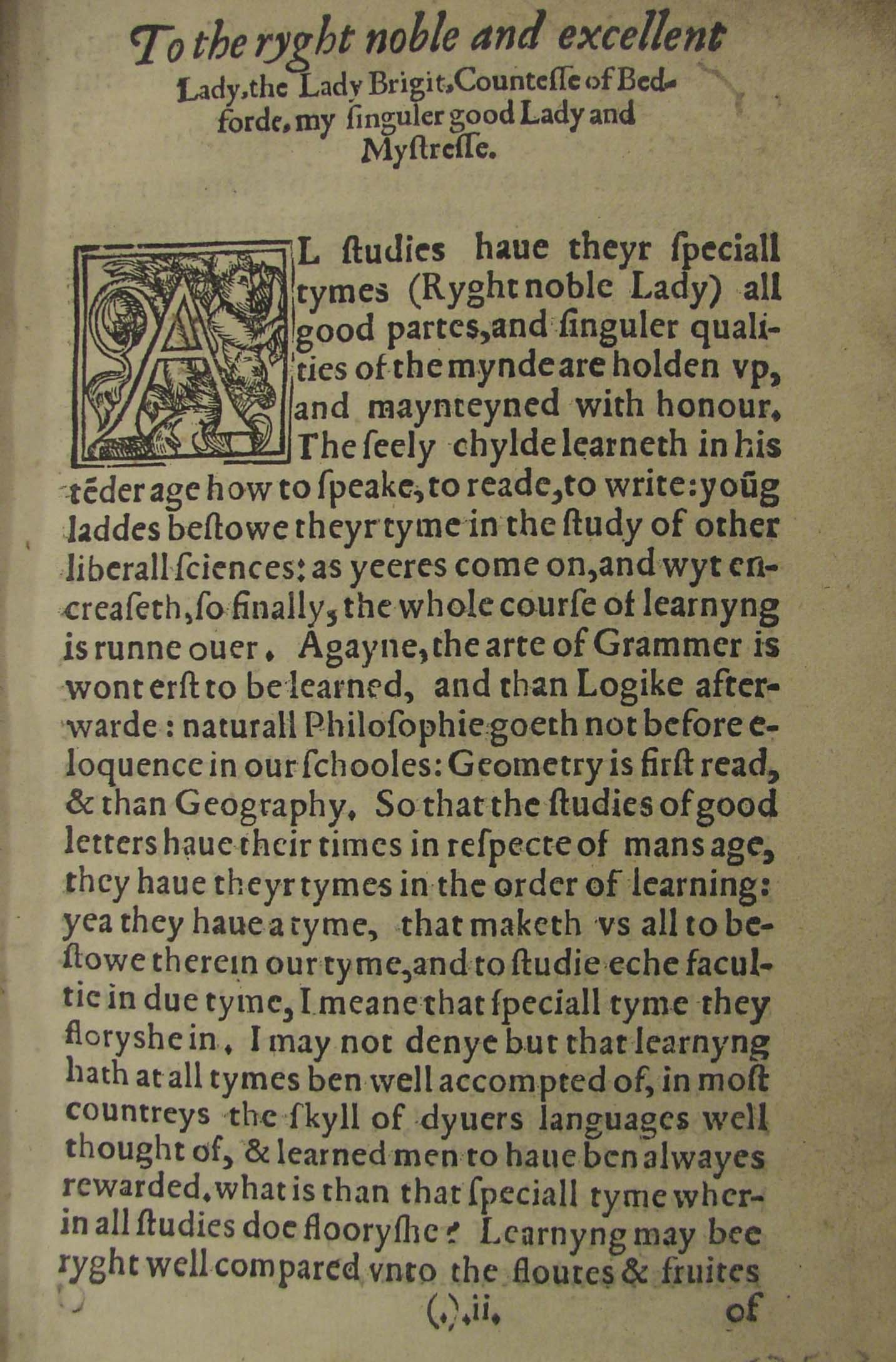
The oldest book held by the collection is a travel account, The History of Trauayle in the West and East Indies, and Other Countreys Lying Eyher Way, Towards the Fruitful and Ryche Moluccaes, that makes several references to this region, then known as the East Indies. Published in London in 1577, it was noted as the first comprehensive travel account of Asia to be published in English. Some sources mention it is one of the earliest travel narratives in English.
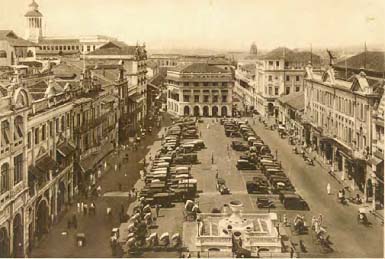
The collection also contains titles, which depict the old scenes and landscapes of Singapore. Published in the 1920s in Singapore, the book Sunny Singapore illustrates the scenery and images of Singapore, which are now non-existent. The book is testimony to the changes and developments that Singapore has gone through.
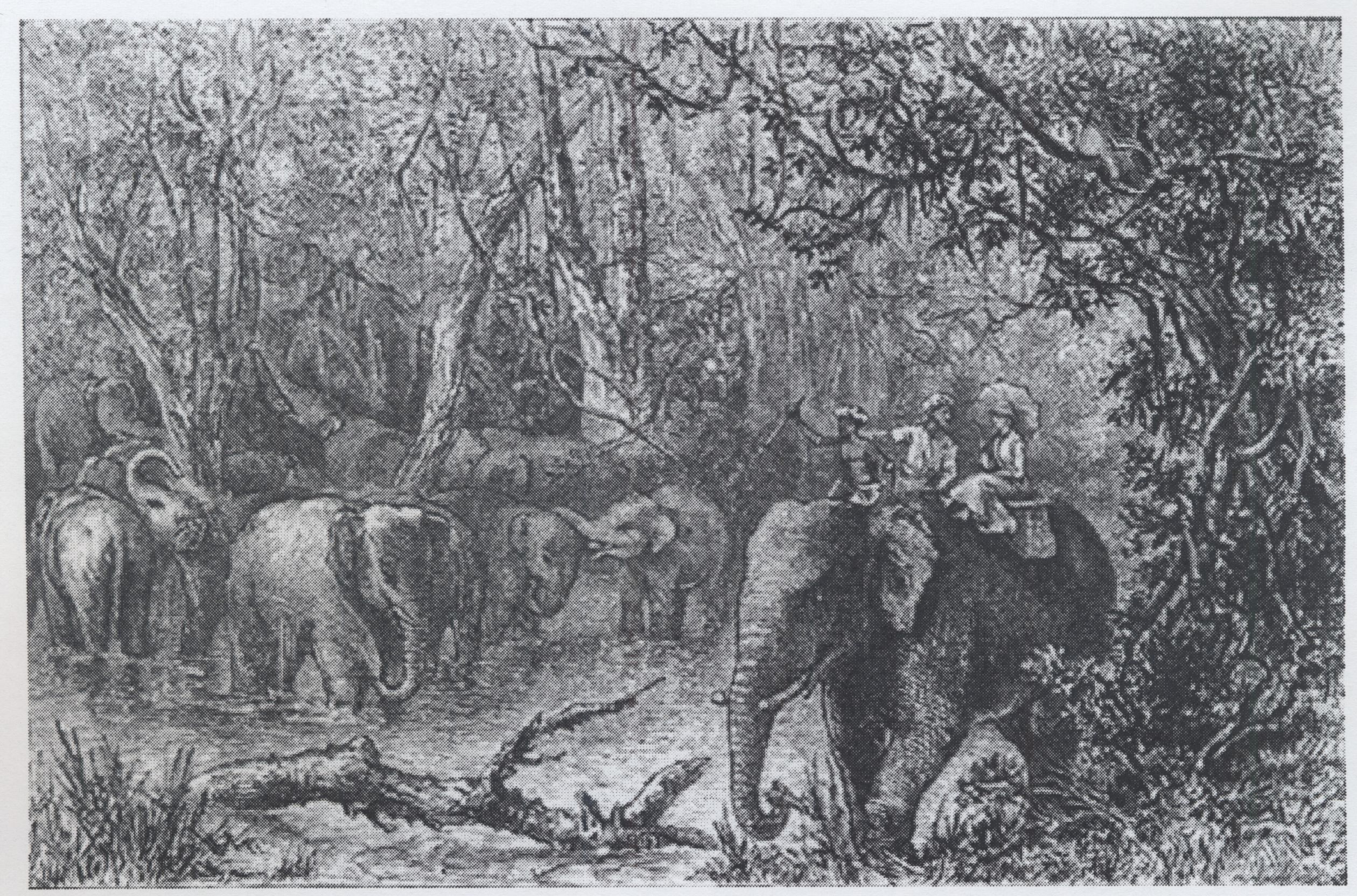
One fascinating book is The Golden Chersonese and the Way Thither, written by the famous woman traveller of that time, Isabella Bird. Published in 1883, it contains her descriptions and observations of the places she visited, which included the Far East and the Malay Peninsula, including Singapore. The book is a compilation of letters she wrote to her sister, and describes amongst others, local manners and customs and the flora and fauna of the places she visited as well as the growth of Singapore.
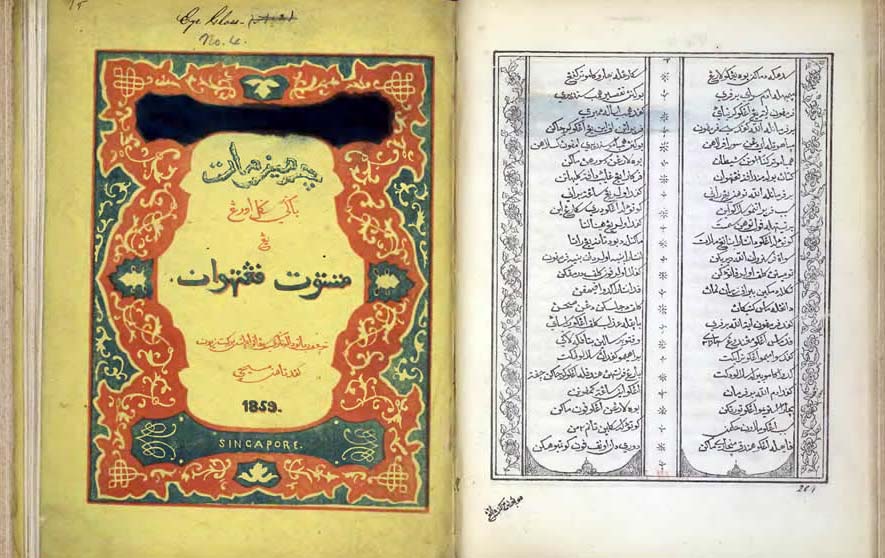
Another interesting title is Cermin Mata, a Malay journal compiled by Benjamin Peach Keaseberry, a missionary from 1859. Containing a mixture of Christian tracts, general knowledge and original writings of Munshi Abdullah, it is one of the first Malay journals to be published in Singapore.
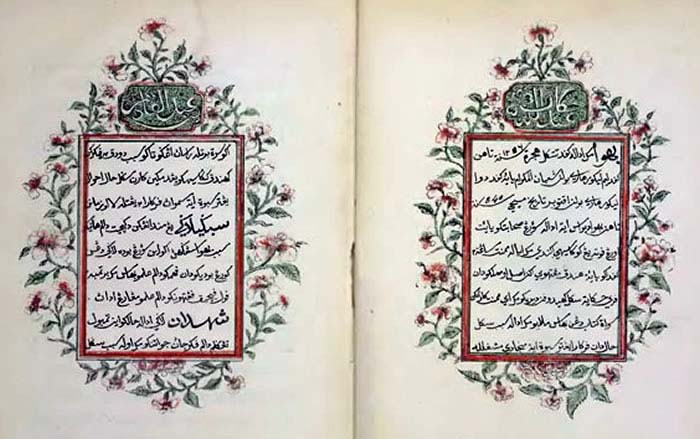
An important source of Singapore’s early history is the Hikayat Abdullah, the lithographed autobiography of Munshi Abdullah bin Abdul Kadir. It was written in Jawi, between 1840 and 1843, and published in 1849. Munshi Abdullah was the interpreter and scribe to Singapore’s founder, Sir Stamford Raffles. Abdullah wrote about the events of his life relating to the activities in Singapore, which was slowly transforming from a sleepy fishing village into a major centre of world trade. He also described prominent British personalities and offered his observations on political and cultural events of that time. He is considered to be the father of modern Malay literature.
Chrita dahulu-kala is a series of Peranakan literature written for the Peranakan Chinese. The first series was published in 1890s. They are actually old Chinese classics translated into Baba Malay and well illustrated with the characters from the Chinese classics.

The directory entitled Singapore Almanack and Directory is an excellent source of references if research is being done on past residents of Singapore. First published in 1846 and popularly called the Straits Directory, this is the earliest Singapore directory. It lists the names and addresses of residents on the island as well as their professions. It also includes brief information on Singapore.
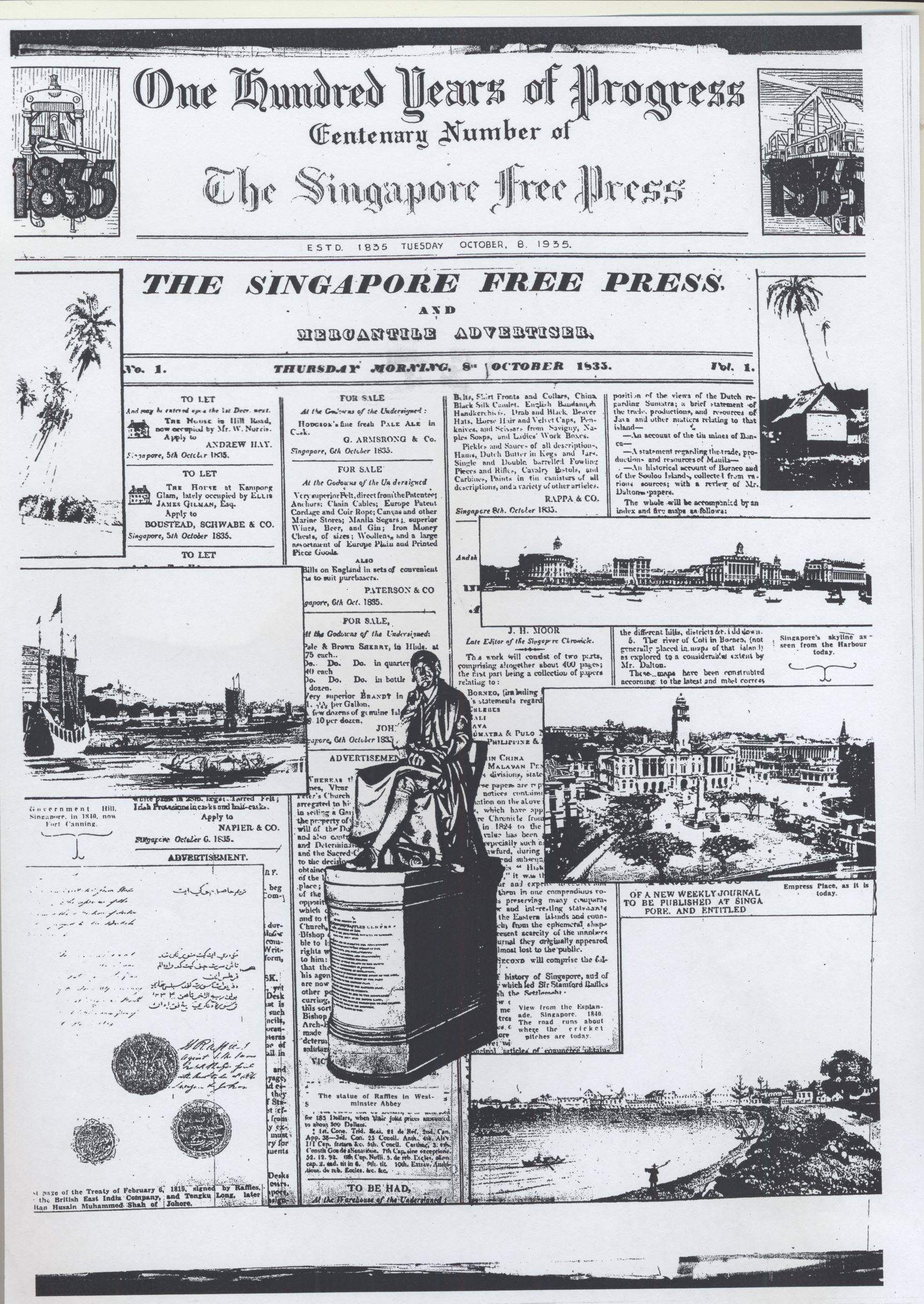
In addition, newspapers published during the times of the Straits Settlements can also provide insight into life in historical Singapore. The Singapore Free Press was the settlement’s second paper, published in competition with the existing tabloid, the Singapore Chronicle. Whilst the latter faced demise by 1837, the Singapore Free Press survived into the next century. Its genesis marked the end of the “Gagging Act” – a censorship rule that required that publications be reviewed so that all criticism against the East India Company or the British Government could be removed prior to publishing. Thus the paper’s name symbolised the newfound press freedom in the Settlements.
Donated by Mr Raymond Wurtzburg to the Lee Kong Chian Reference Library – through Mrs Yvonne Wurtzburg – the 8 October 1935 Singapore Free Press edition is a commemorative centenary publication. Its value is not only that it reviews the history of the past 100 years of the newspaper and of Singapore, but that it also gives insights into the life and activities in pre-war Singapore as vividly depicted in the advertisements. Divided into fi ve sections, the commemorative issue includes a historical overview of the Straits Settlements Police, the Harbour and companies such as Cold Storage. Aspects and personalities in the local communities are also described, with photographs of buildings, people and places illustrating the colonial times of Singapore.
Care and Storage
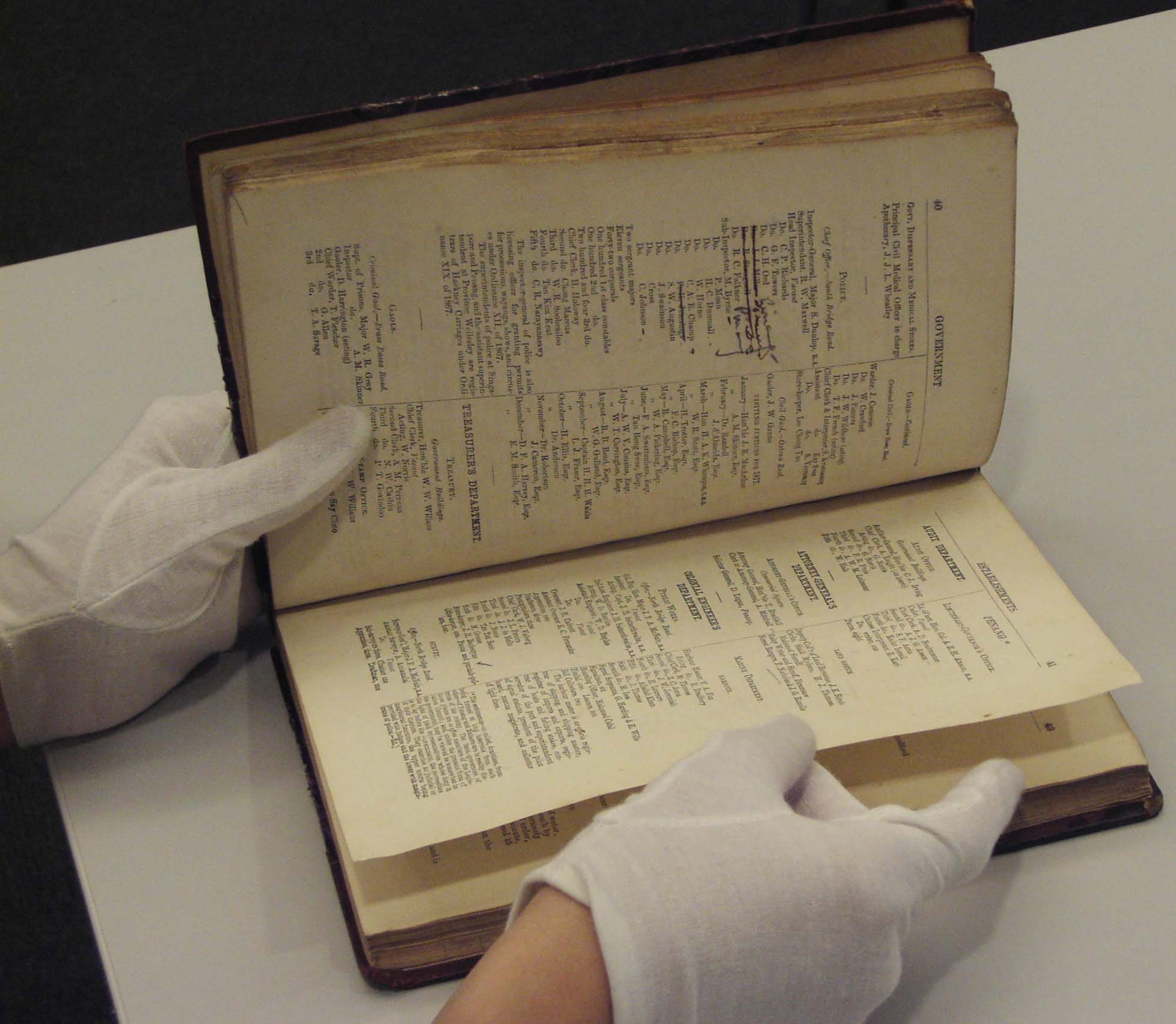
Due to preservation purposes, all titles in the Rare Materials Collection are microfilmed and some digitised. Originals are no longer handled, as frequent handling will hasten their wear and tear. If the materials are ever handled for maintenance purposes, it is done so with gloved hands.

The rare materials are kept in a special climate controlled room with a stable temperature of 18° Celsius, a relative humidity of 50% and reduced light intensity. To further protect the rare materials from environmental deterioration, the books are placed in archival boxes while maps are encapsulated. Proper and stable environmental conditions are necessary to prolong the shelf life of rare materials.
Access
.jpg)
Titles in the Rare Materials Collection are listed as “RRARE” in the library’s online catalogue. For these materials, only the surrogate microfi lm copy or the digital copy is to be consulted. All microfilms are housed at the Singapore and Southeast Asia Collections, which is at Level 11 of the Lee Kong Chian Reference Library. The digitised versions of the rare books are available on Singapore Pages, which is accessible via the National Library Board’s Digital Library (https://www.nlb.gov.sg/main/home). In the event the physical copy is required to be consulted for research purposes, permission may be granted on a need basis by writing to the Deputy Director, Lee Kong Chian Reference Library.

Conclusion
The Rare Materials Collection is a historical collection that reveals much of how Singapore, after its founding, grew into a leading port and its development from a colony to a sovereign nation. Researching into this wealth of information should help our generation to better appreciate their heritage and understand the present state of being.
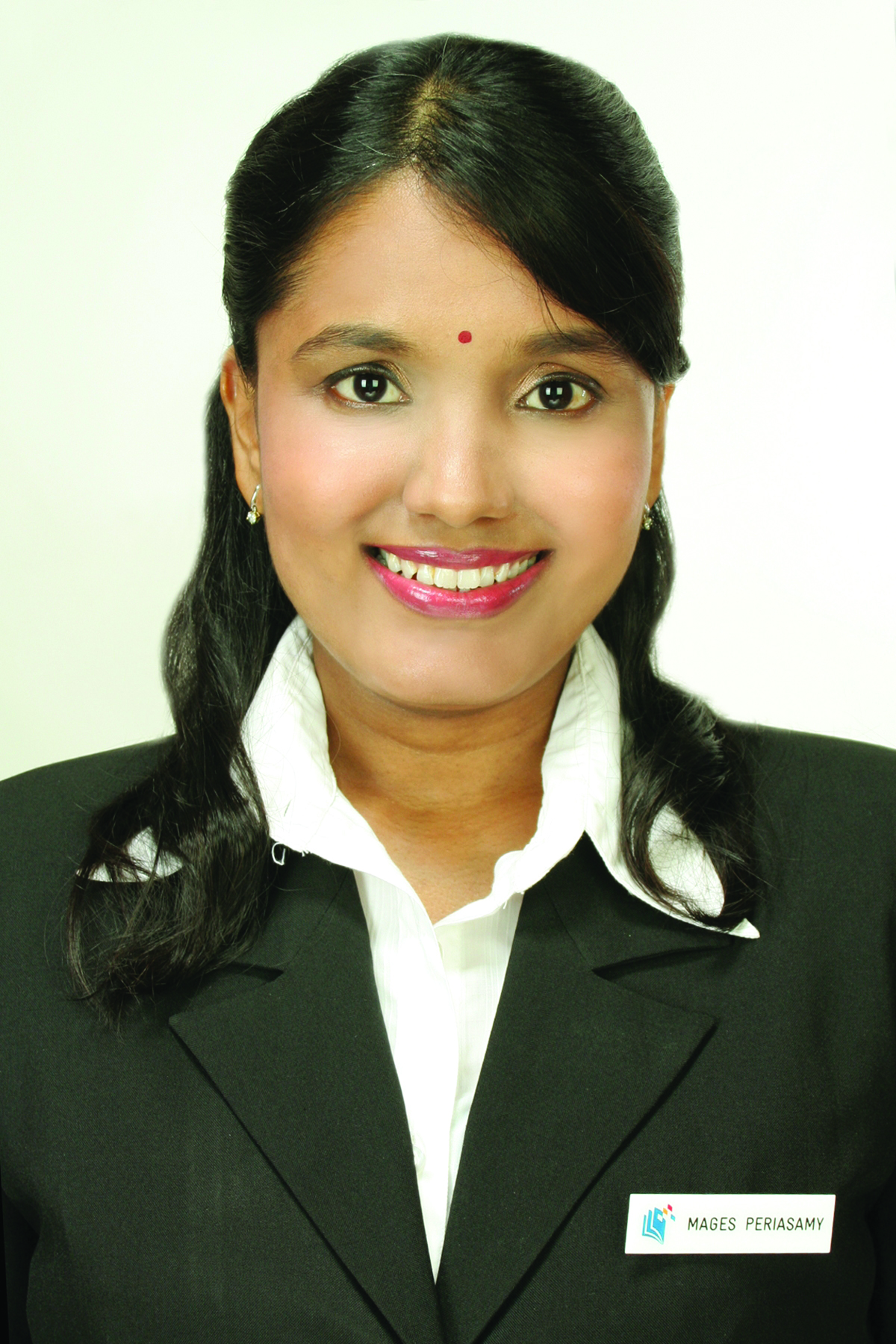
Senior Reference Librarian
Lee Kong Chian Reference Library

